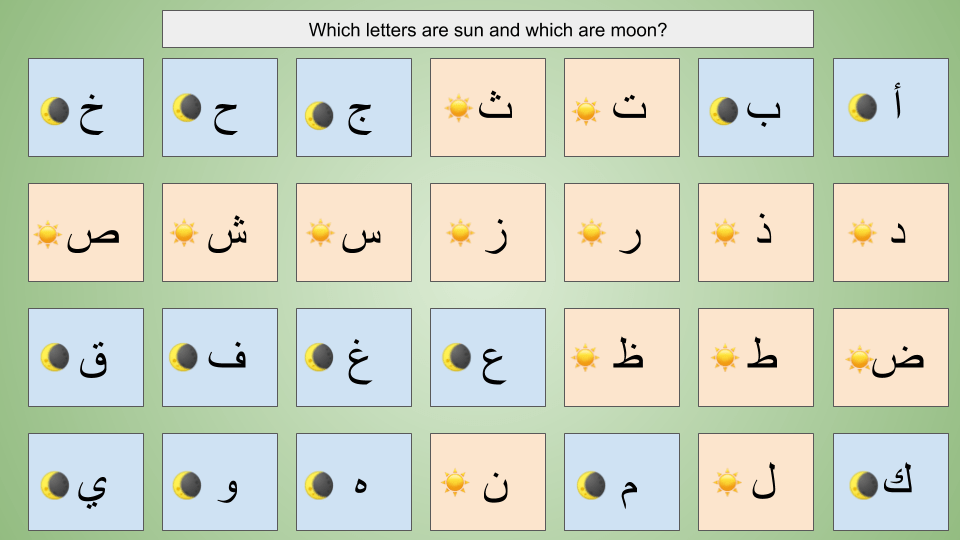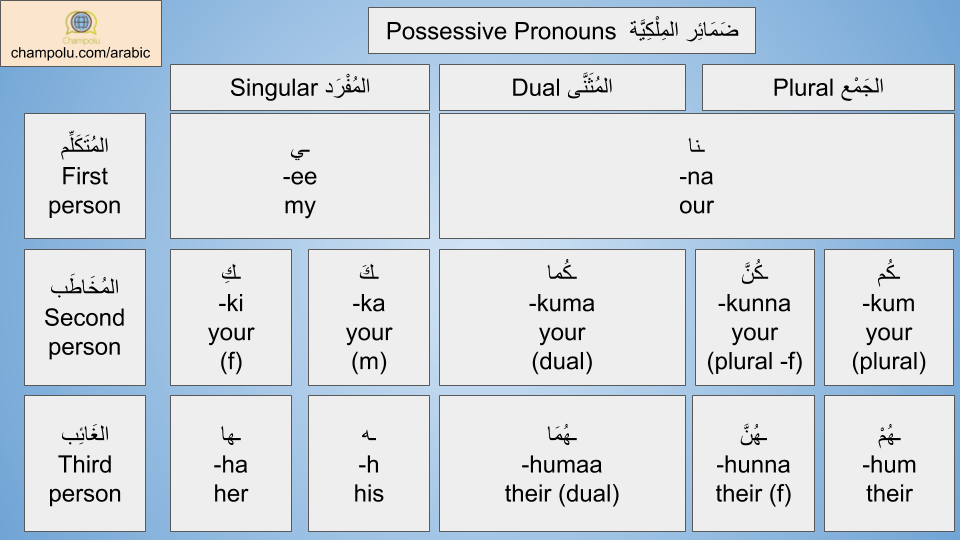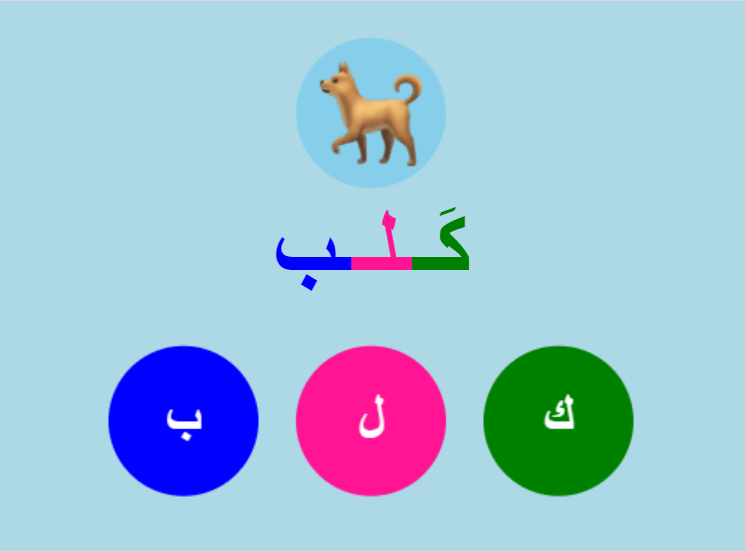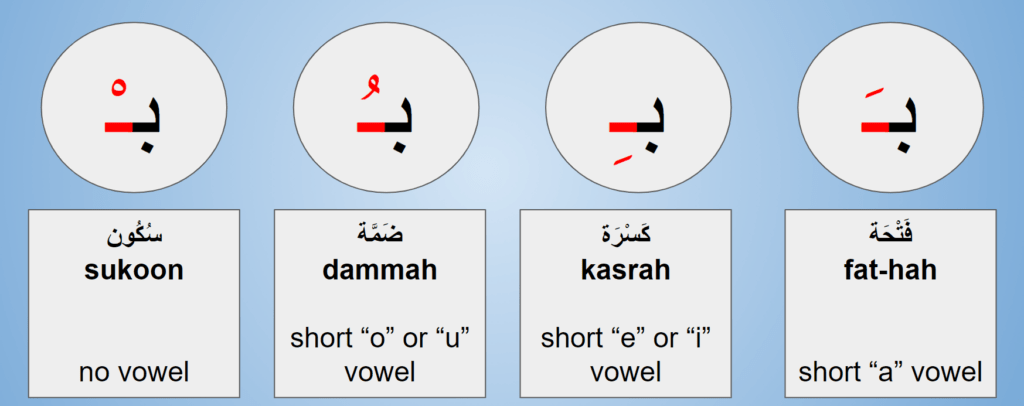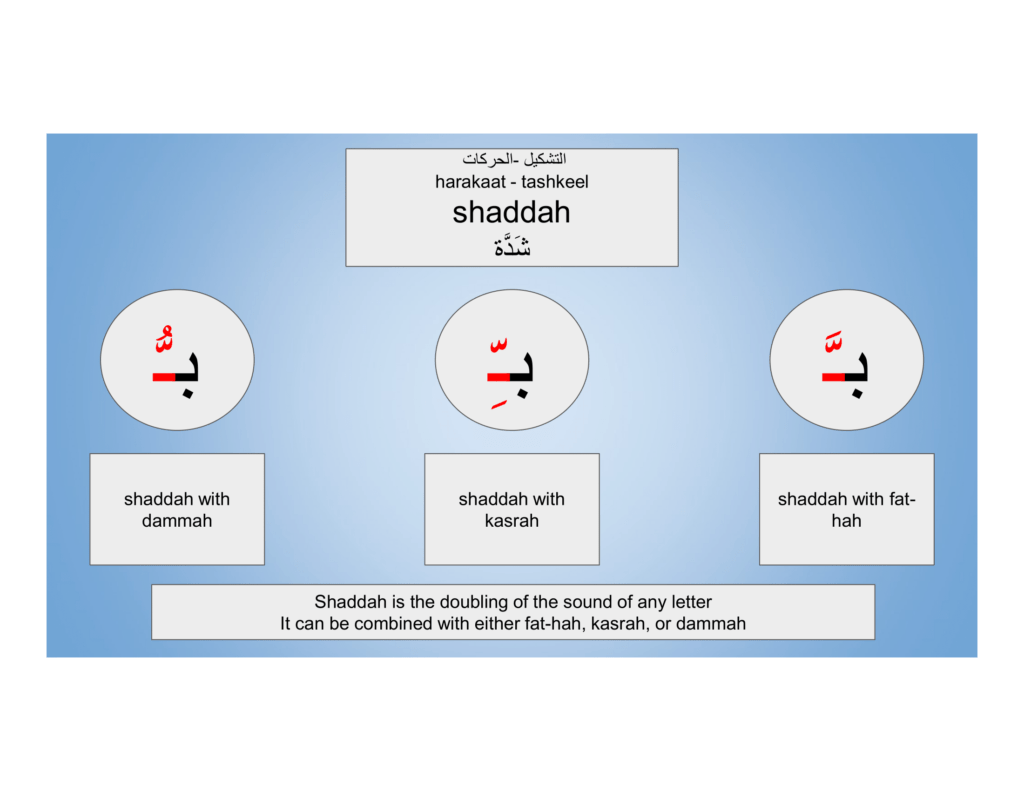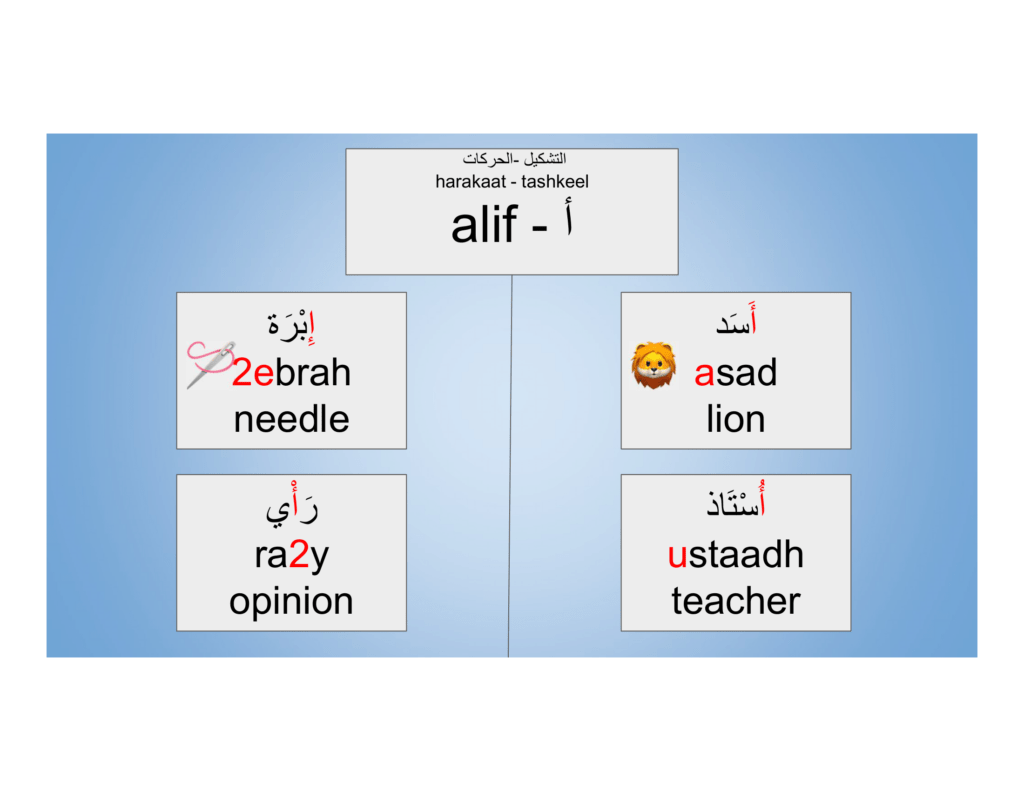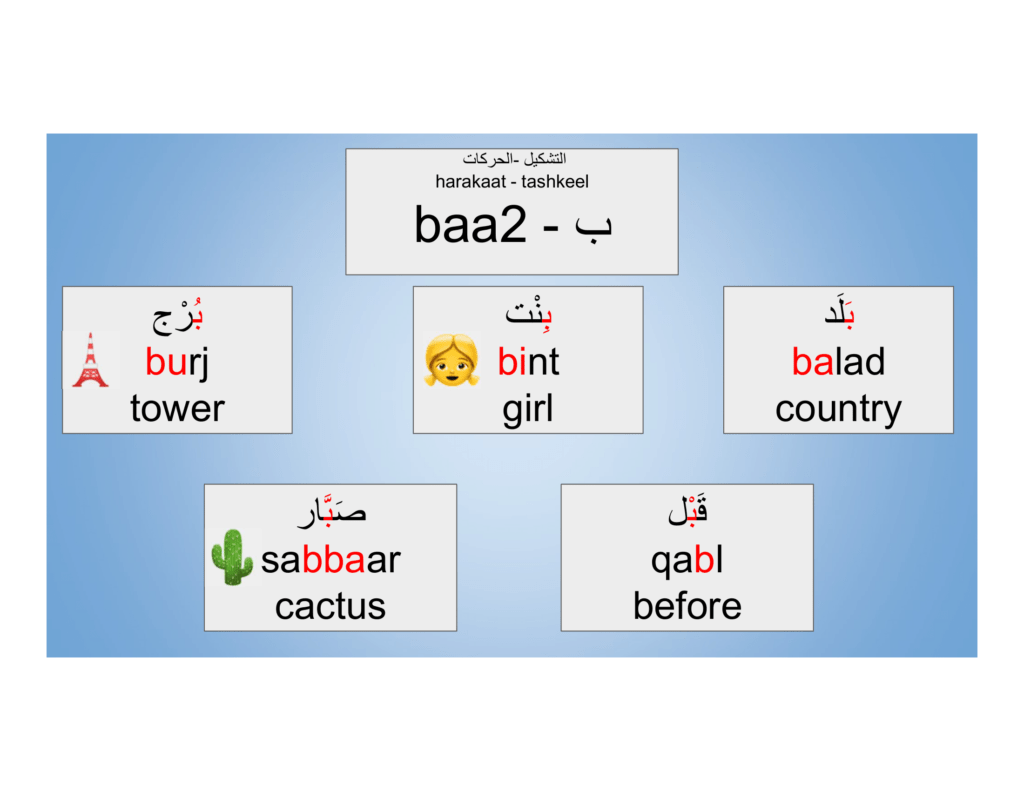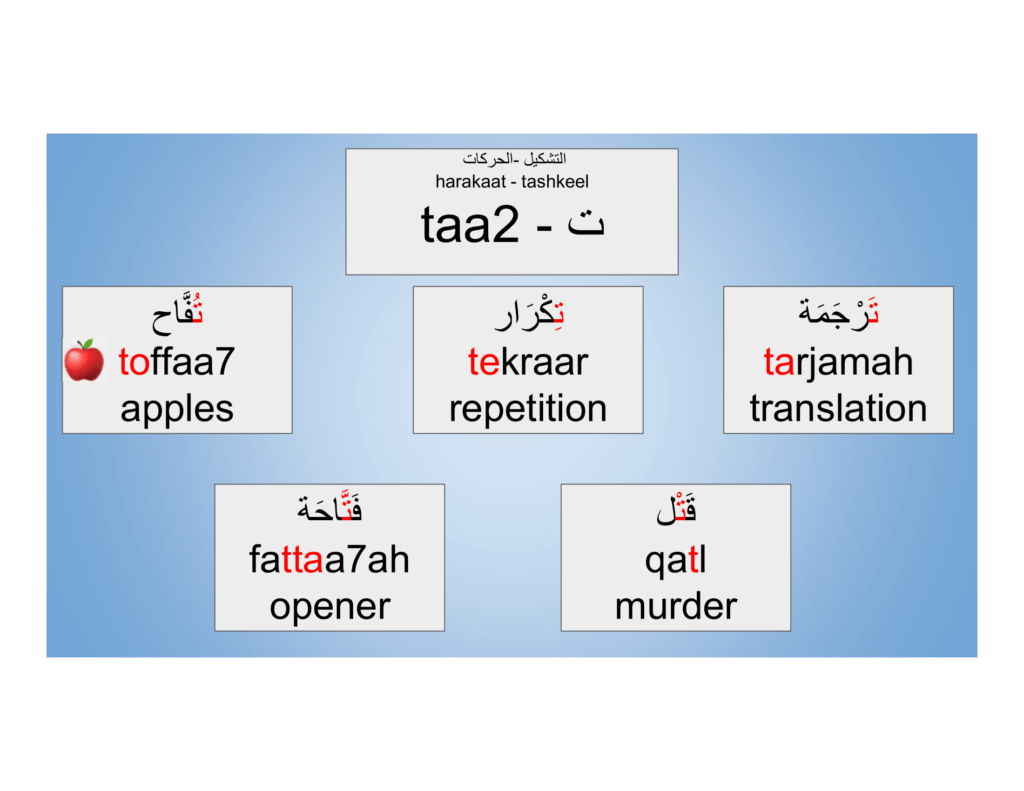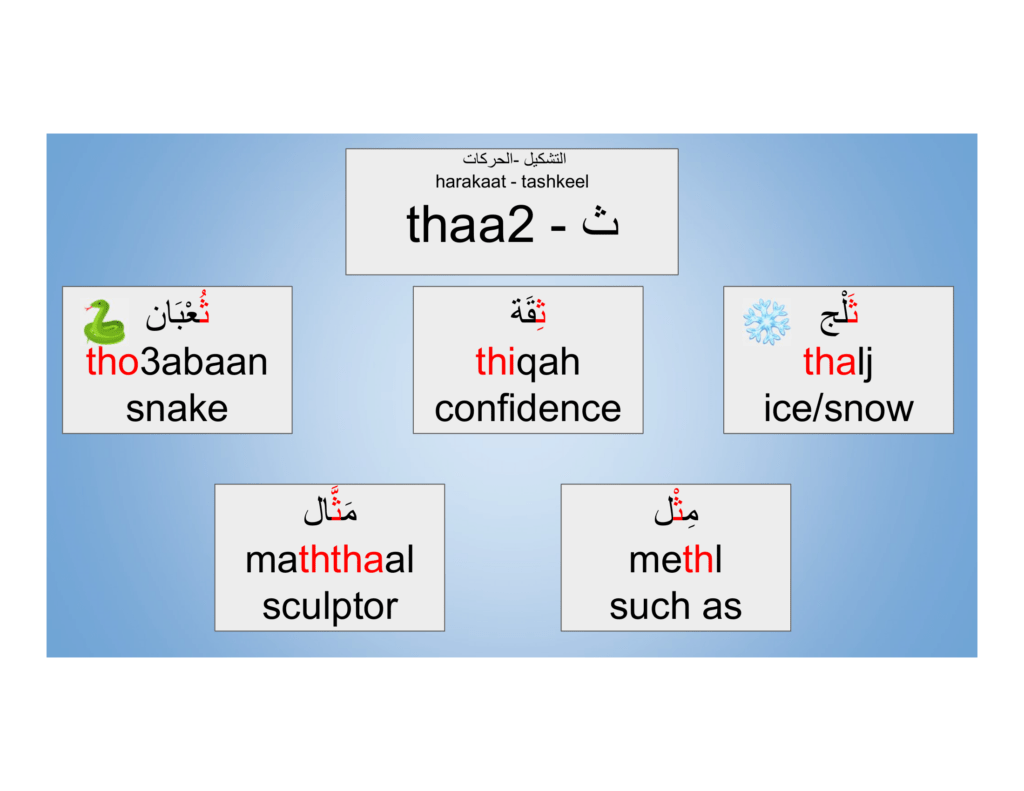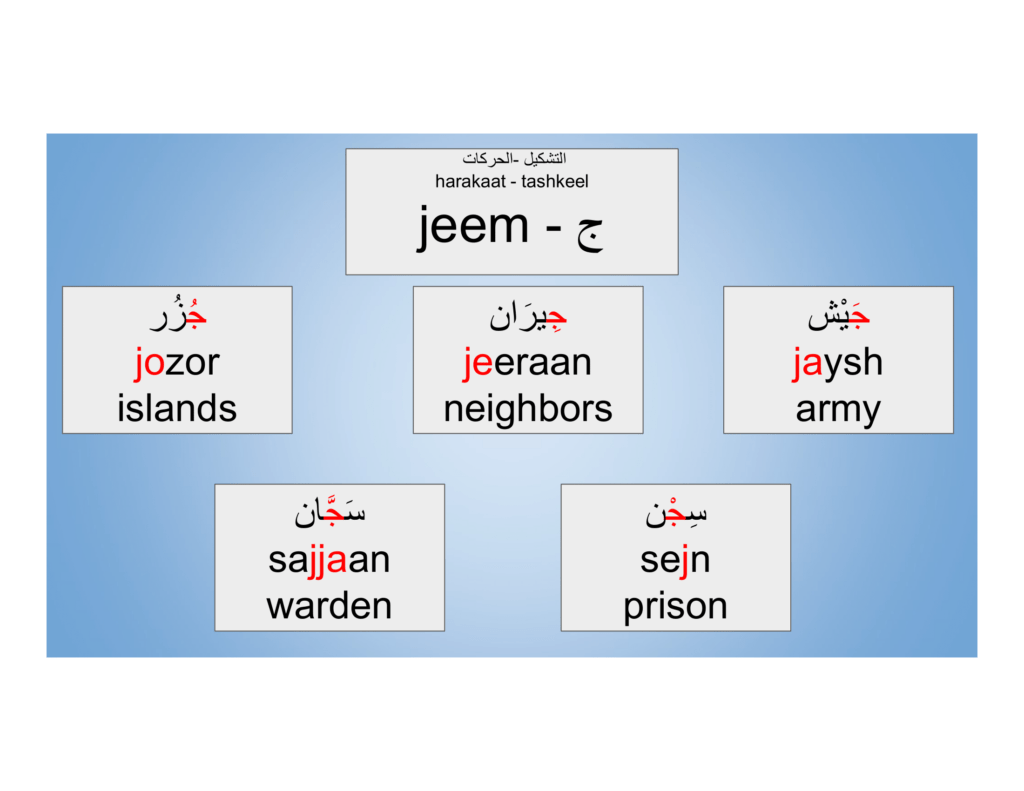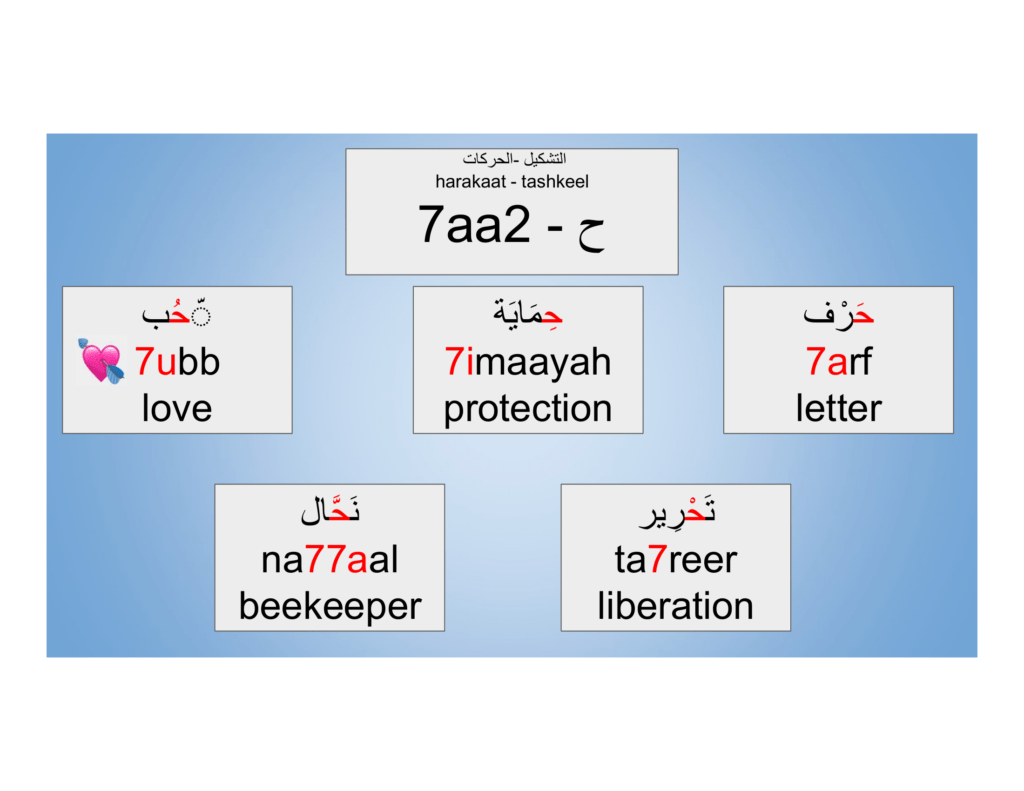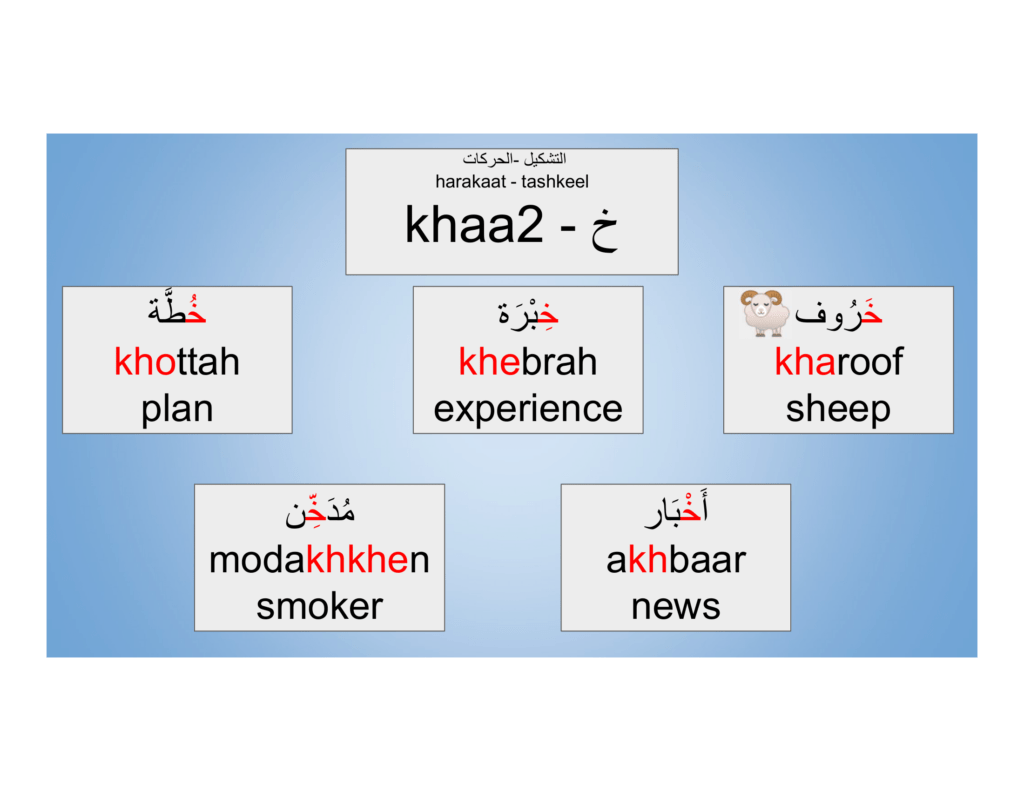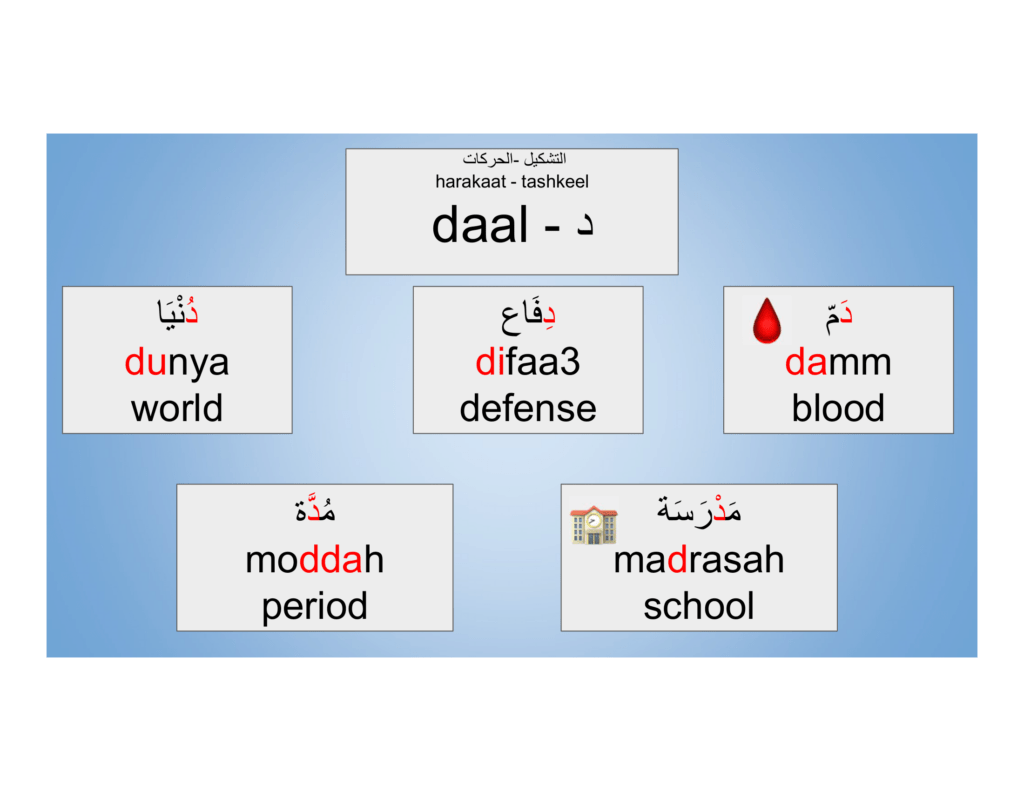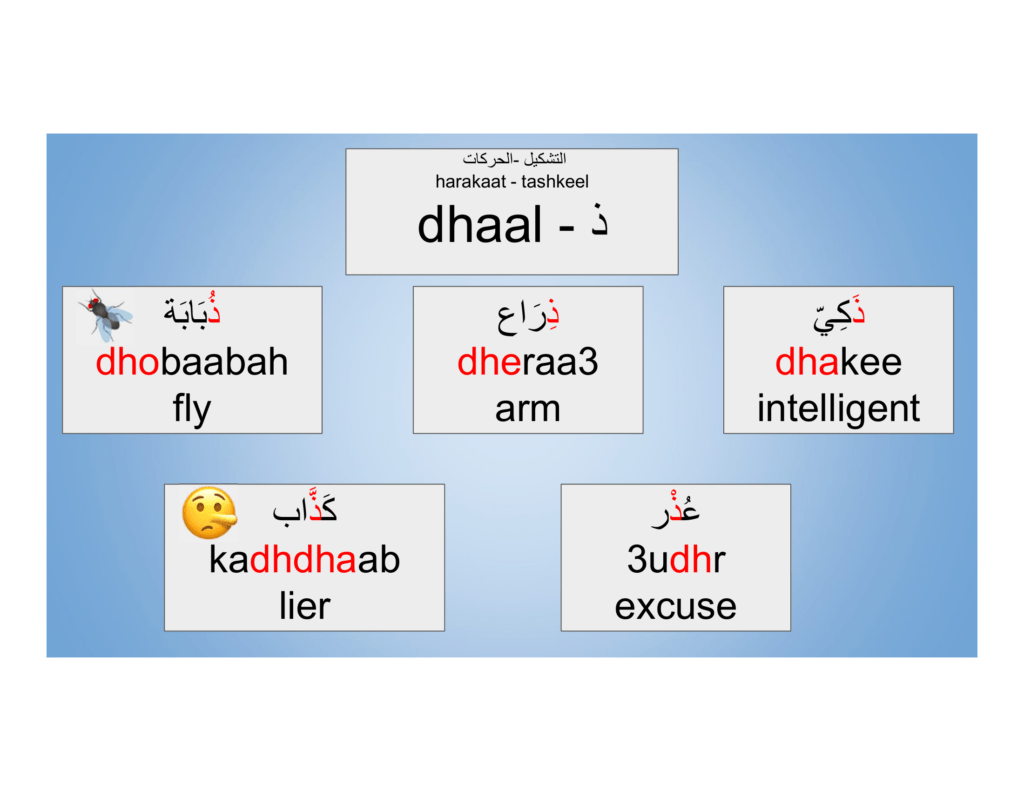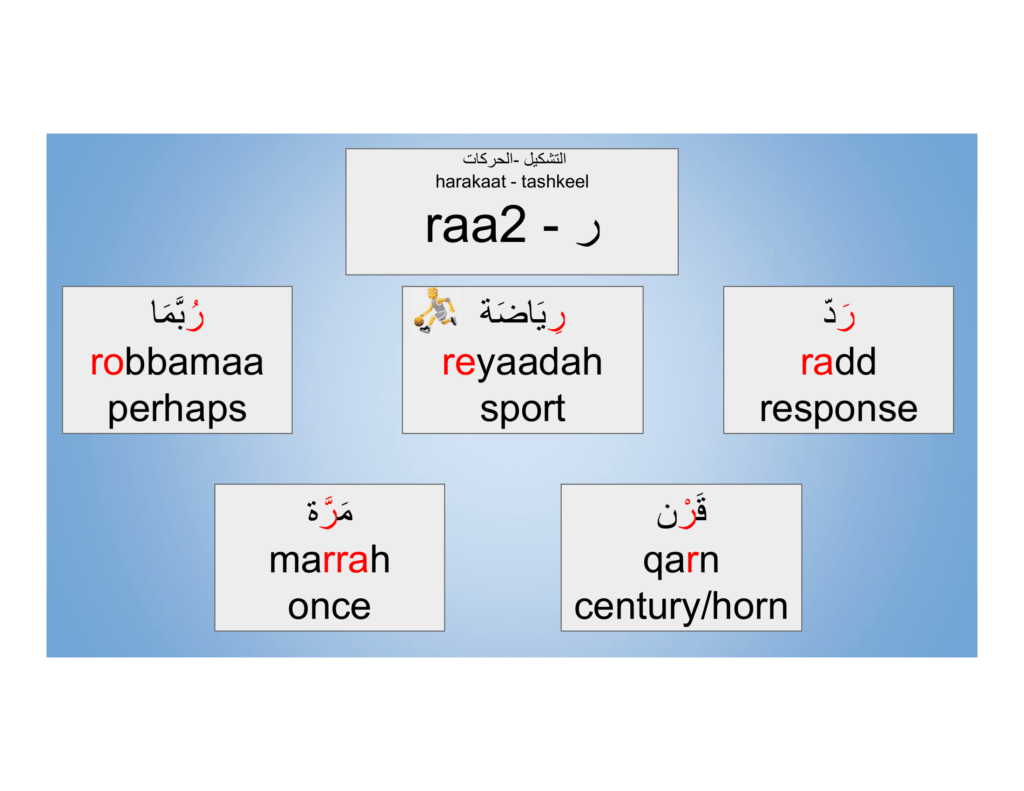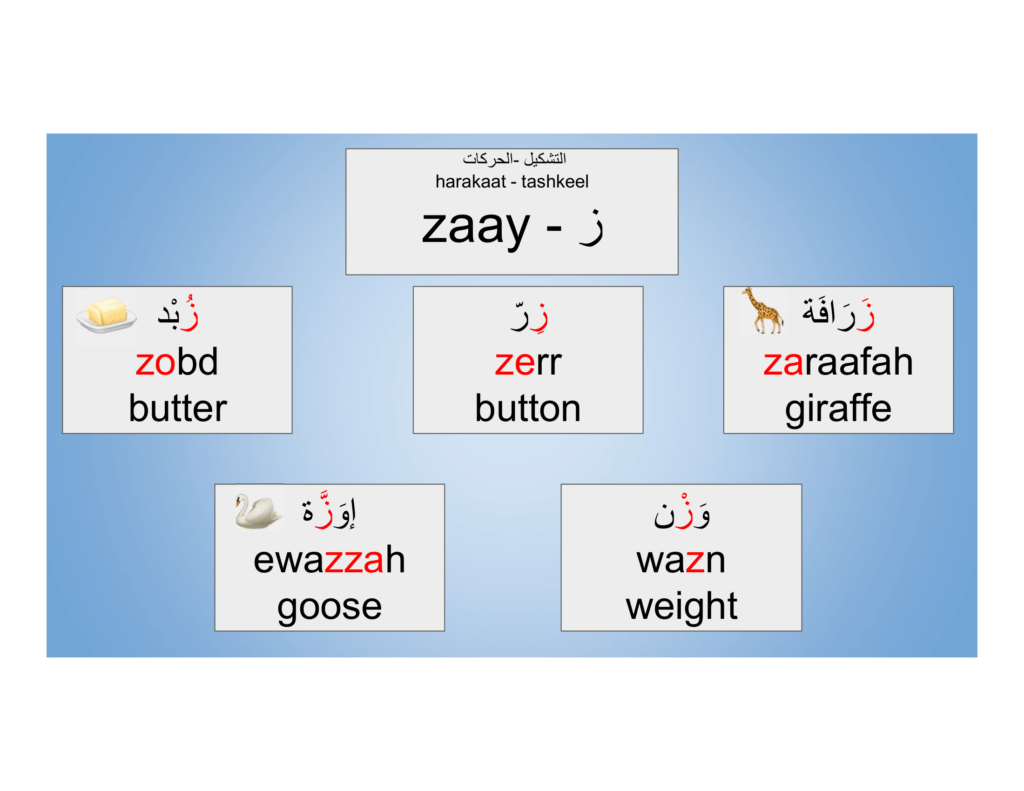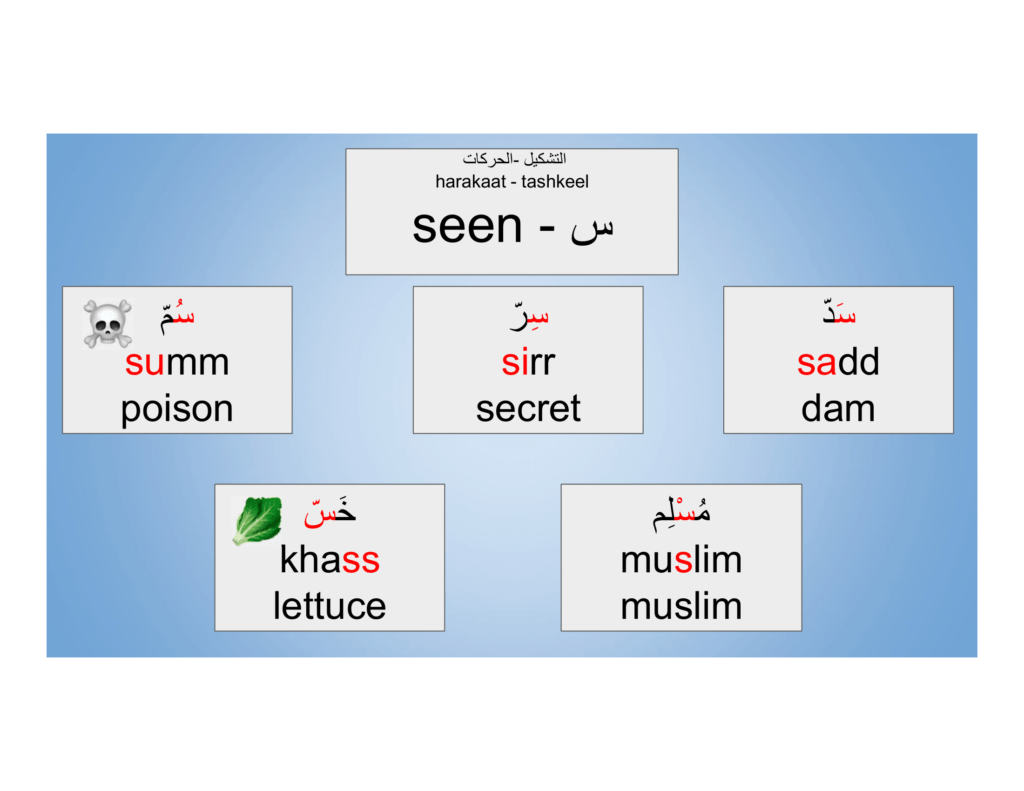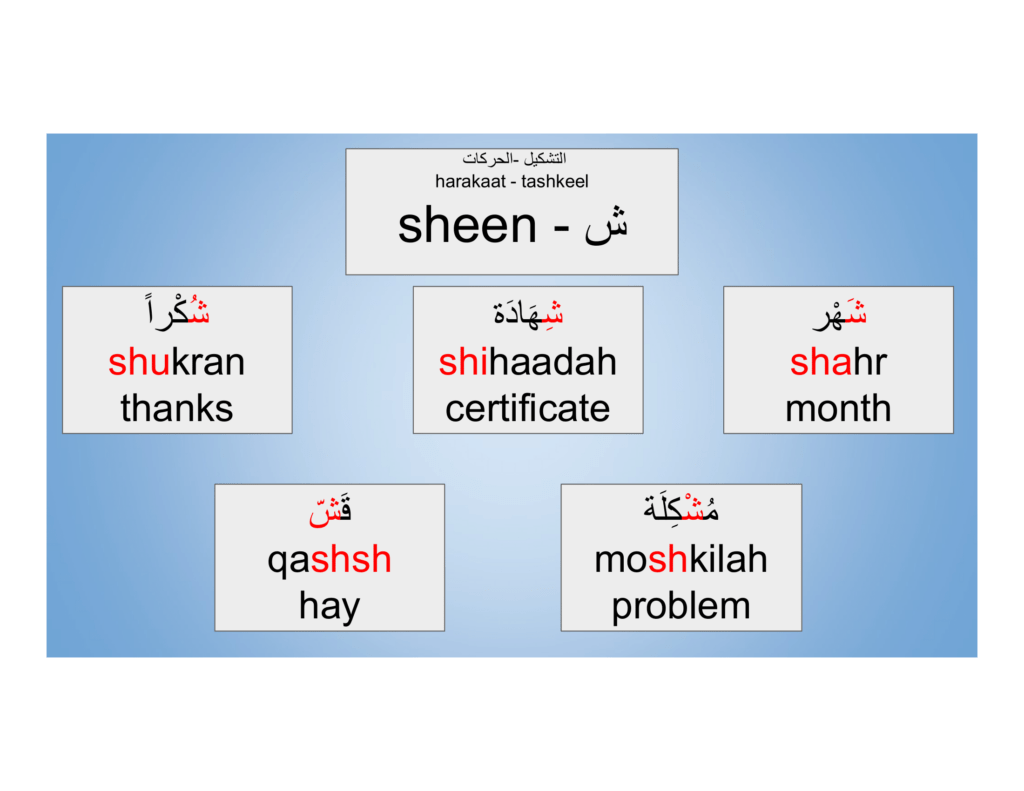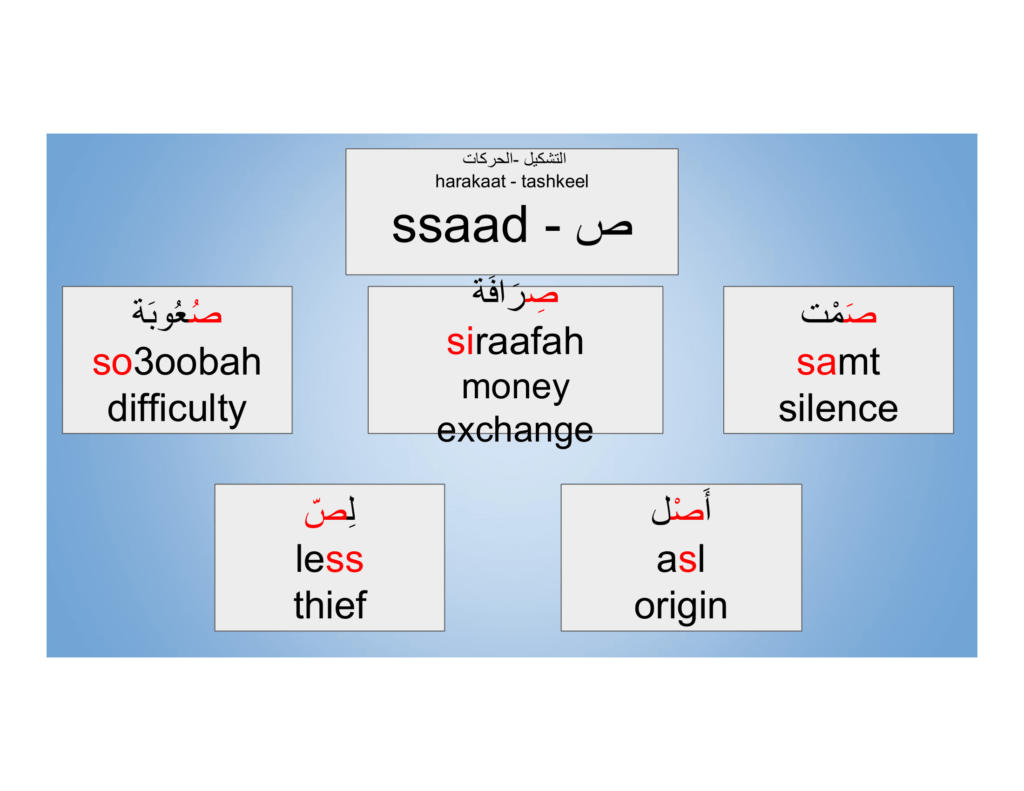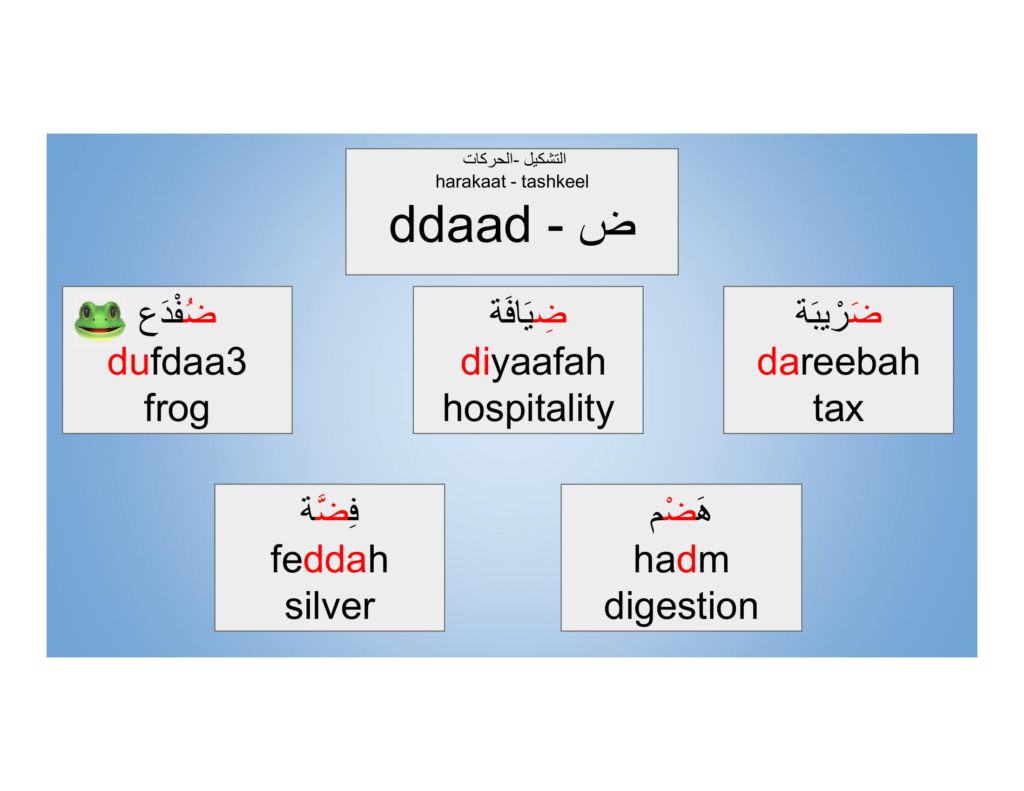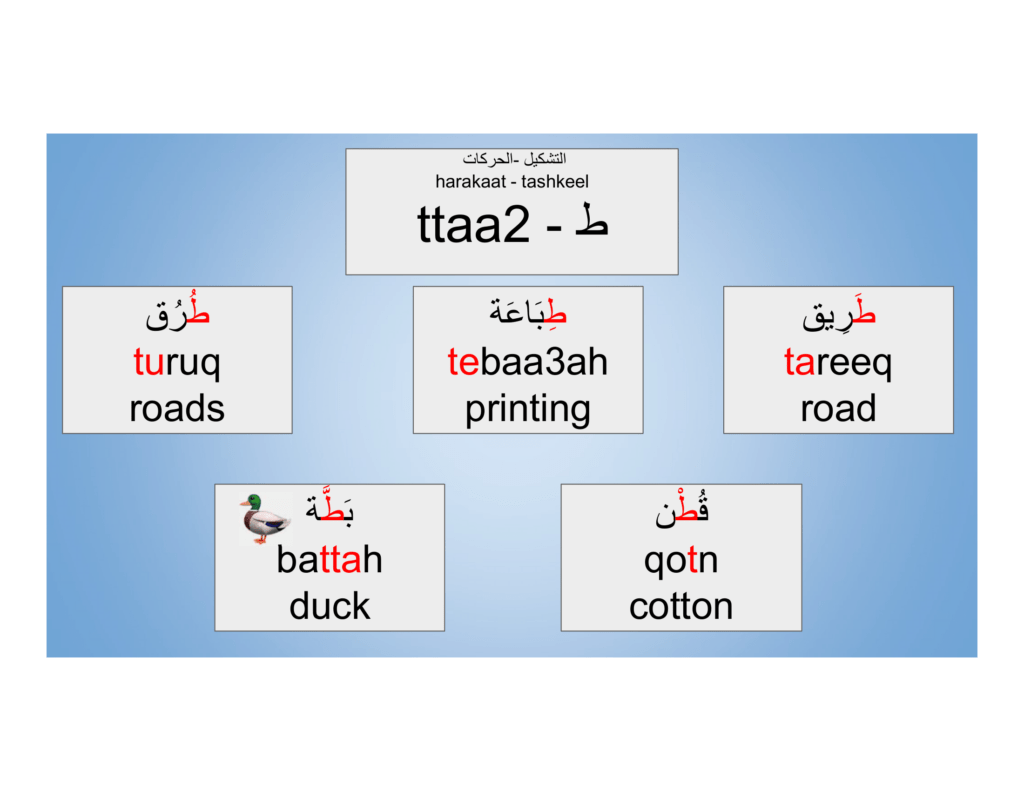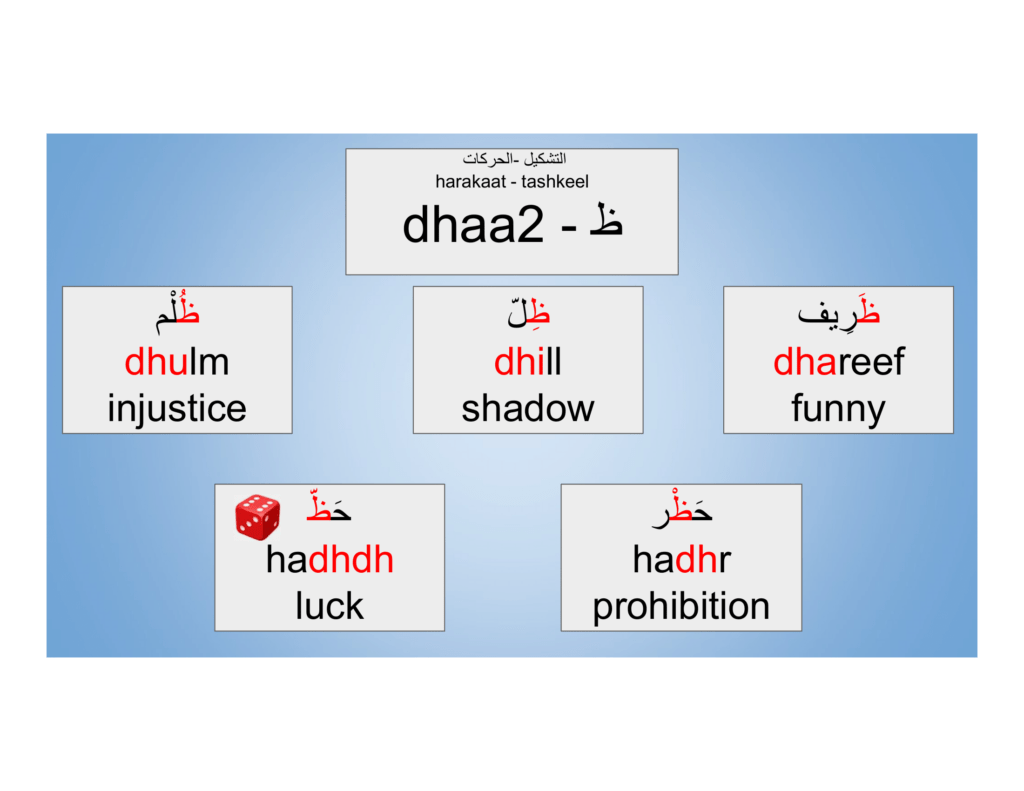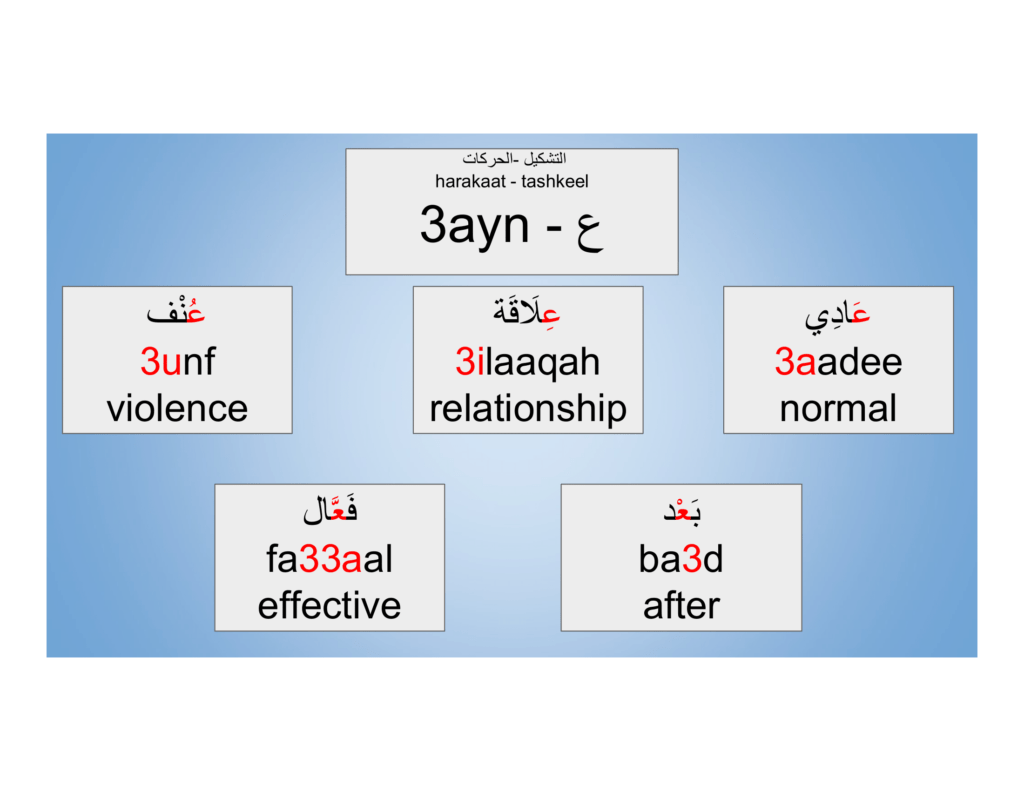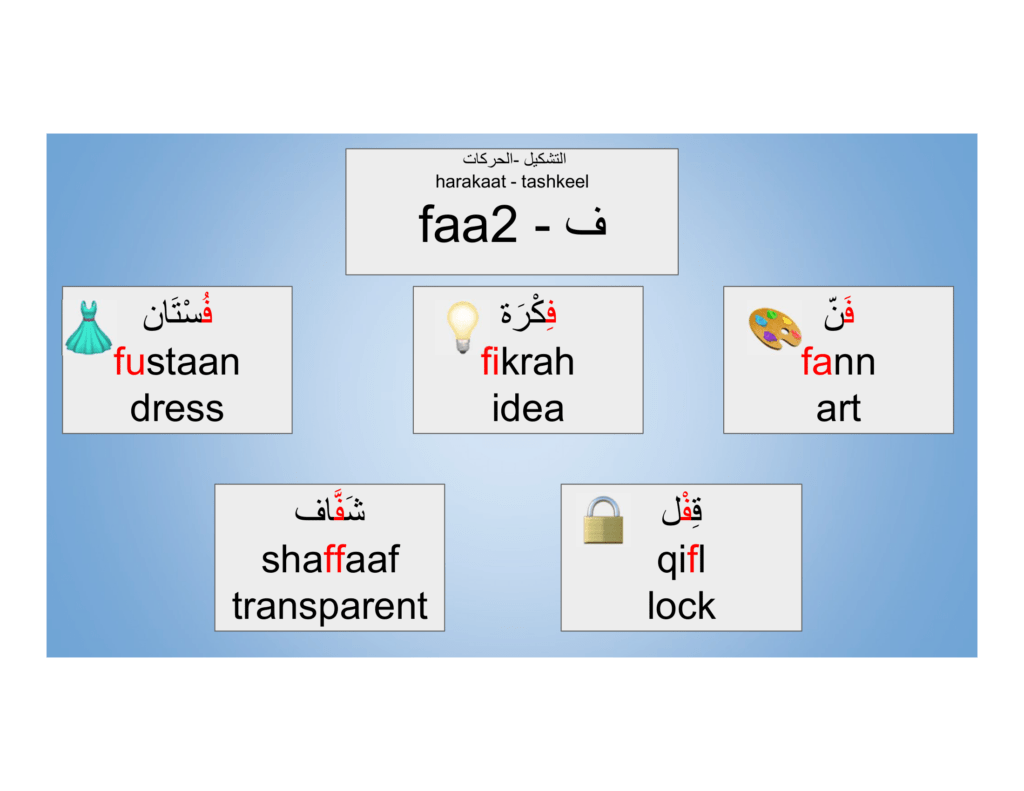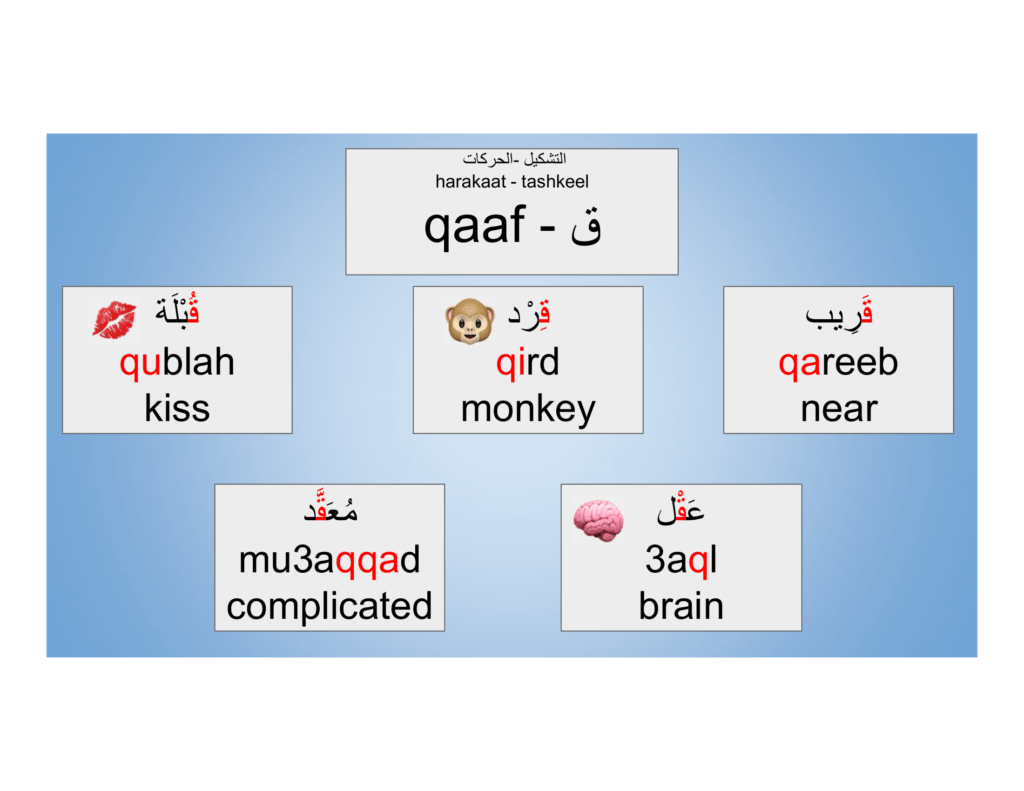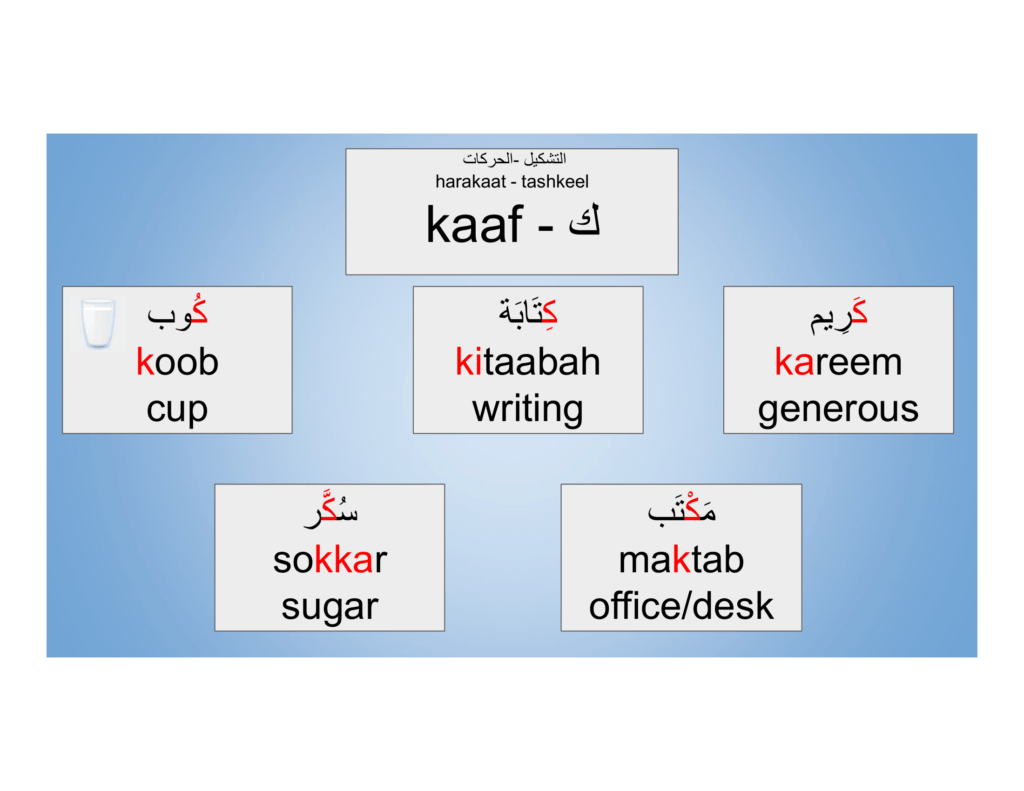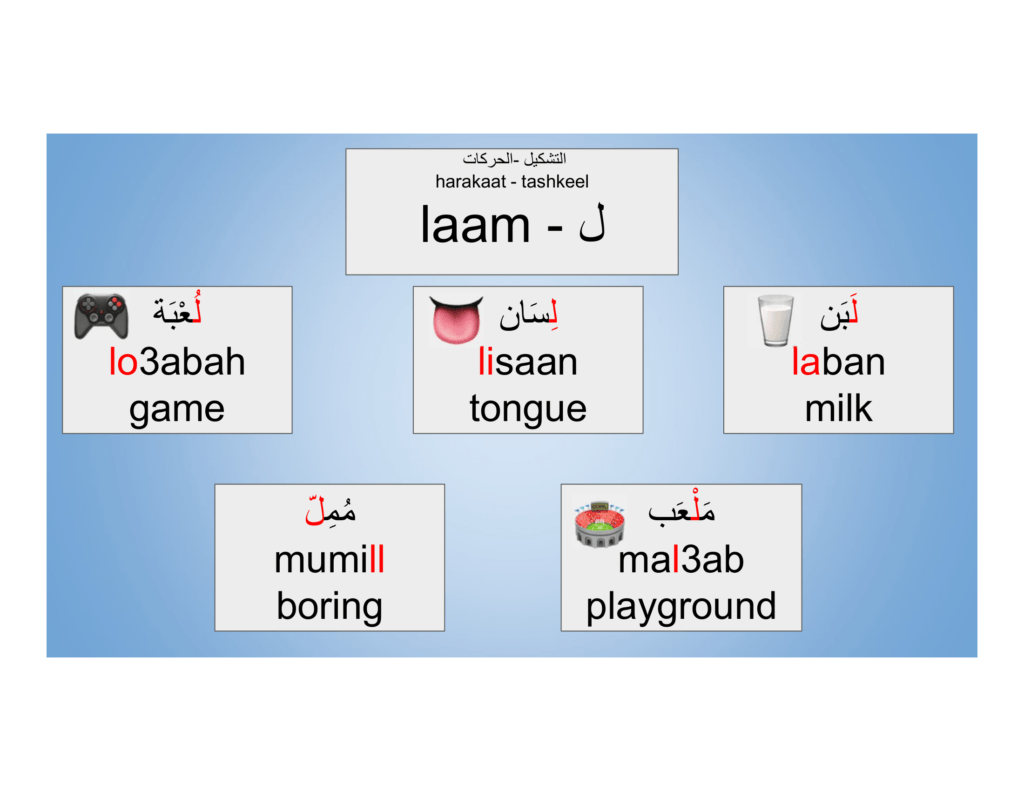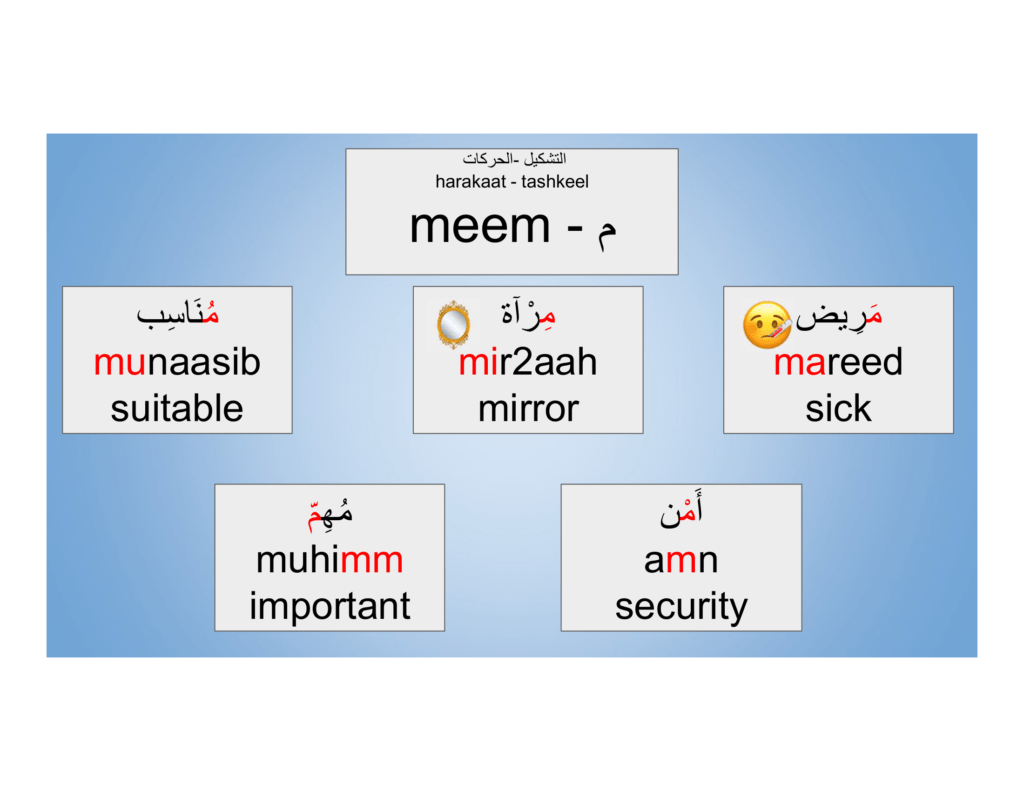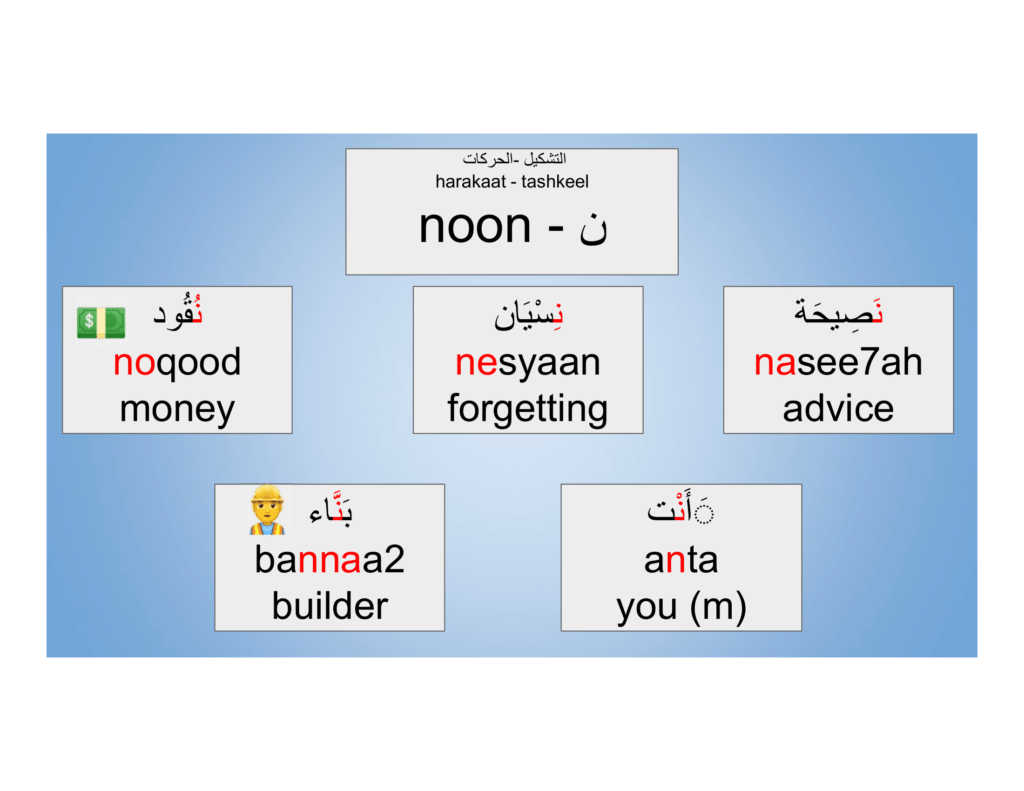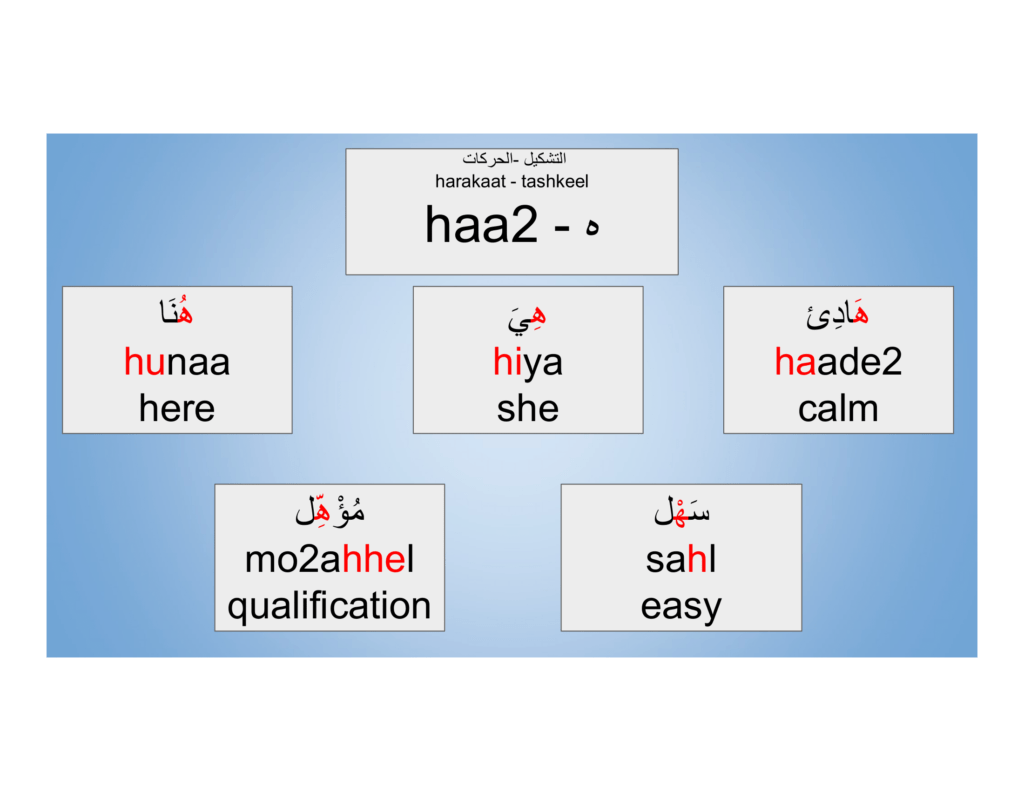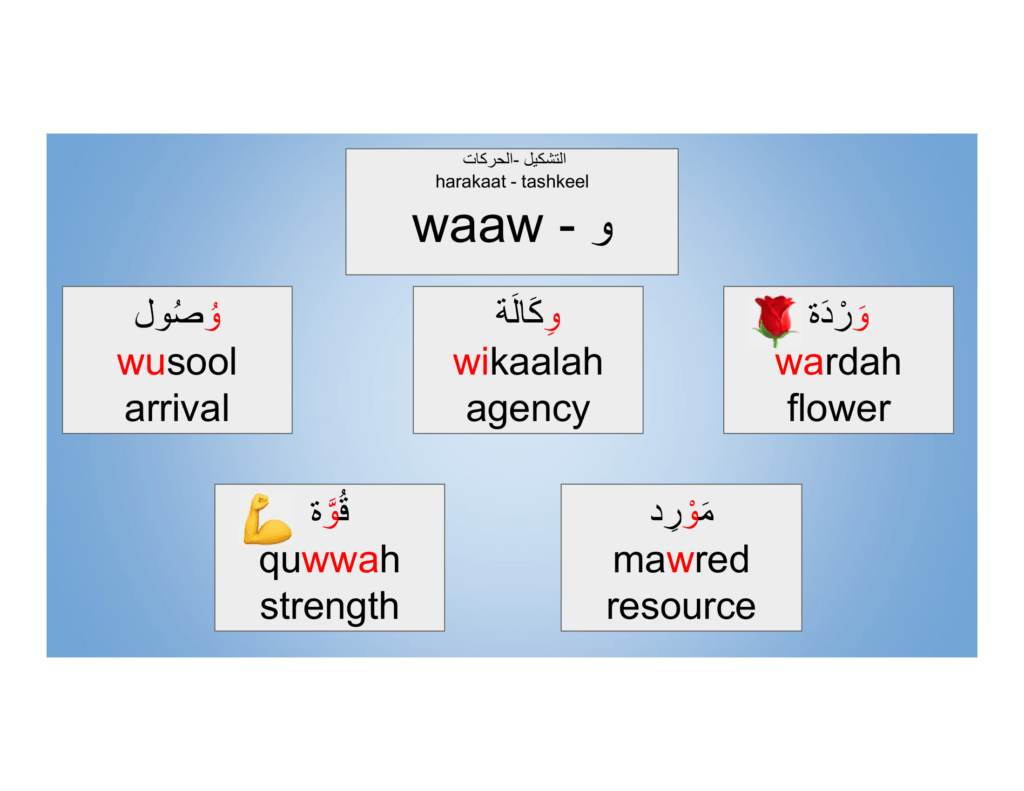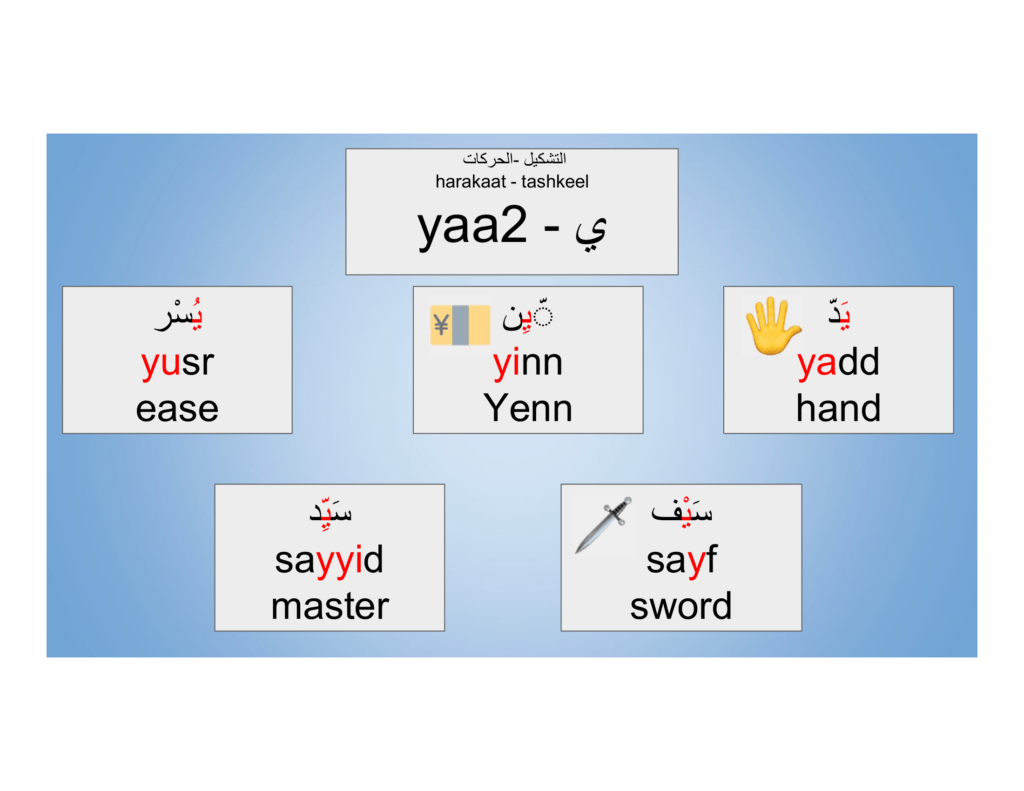Arabic tanween is quite important in Modern Standard Arabic. You might have noticed that some important words in Arabic end with an “n” sound, although there is no actual letter noon ن at the end. For example, you can see this in words (shukran – thanks – شكرا) and (ahlan – hello – أهلا). This is because of tanween.
Tanween is a group of diacritics that come at the end of the word, to give the sound of noon /n/. It mainly exists for grammatical reasons.
It occurs at the end of undefined nouns and adjectives. It is combined with fat-hah, kasrah or dammah, which we explained in diacritics lesson #2. When combined with fat-hah, an alif is added before it.
Now you should be able to understand and sound out almost all Arabic diacritics, and start to understand the grammatical significance for them.
What’s the function of the tanween? What’s the difference between the three versions?

The main function of tanween is to mark the grammatical case of indefinite words. The -un version ـٌ is for words in subject position, or by default. The -an version ـً is for the direct objects, and the -in version is for words after prepositions.
Therefore, tanween is quite important for both Arabic grammar and pronunciation.
[email-subscribers-form id="2"] |

